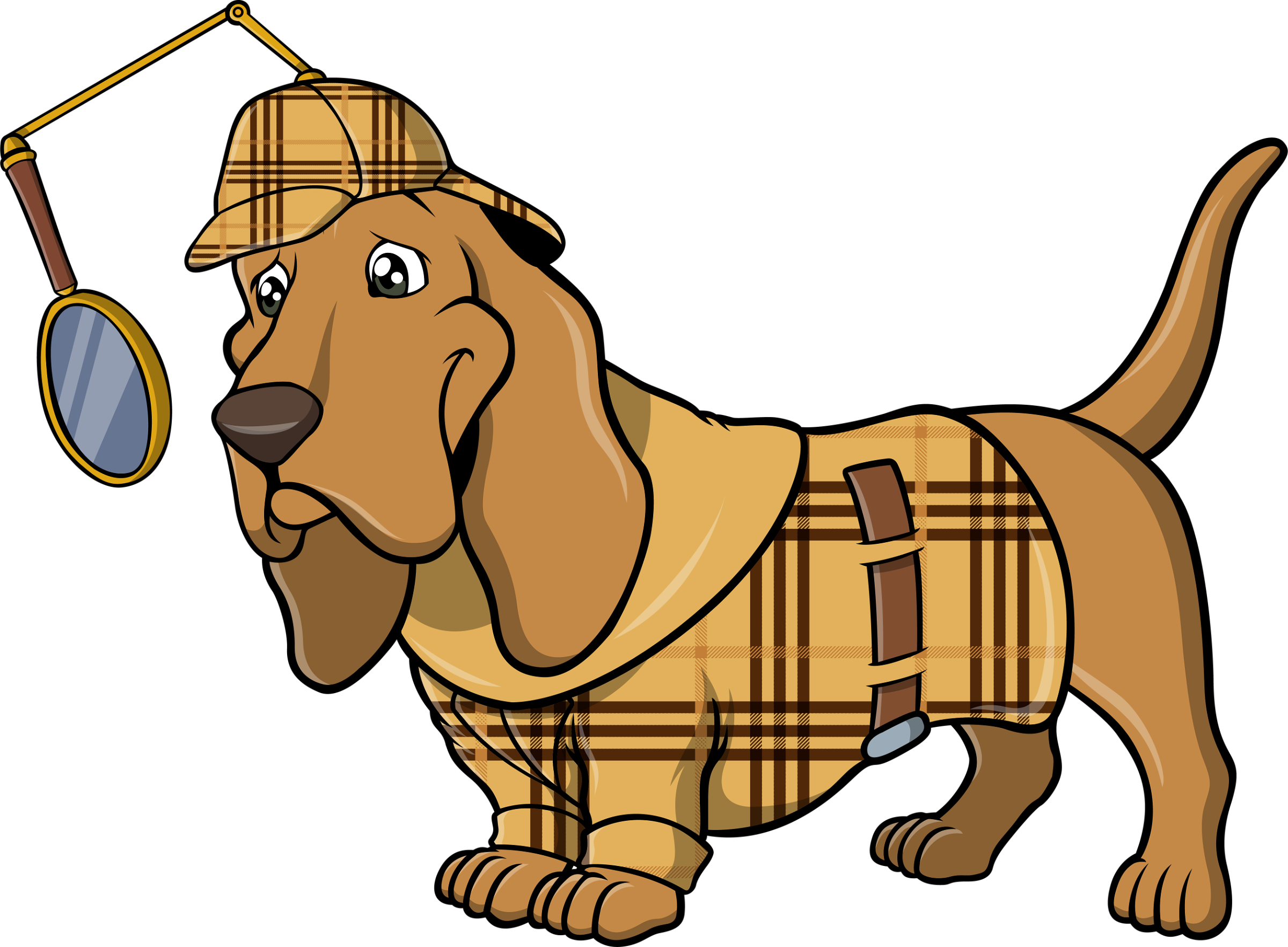
Saint Bernard
Saint Bernard Puppies Dog Breed Information
Centuries back, the Saint Bernard breed originated in the Swiss Alps, where monks established a hospice to assist pilgrims traveling from Rome across the challenging Alps. Credited to Bernard of Menthon, the foundation in 1050 became known as St. Bernard Pass. These monks selectively bred dogs capable of enduring the harsh conditions to assist in rescuing travelers lost or trapped in the snowy terrain. Thus, the Saint Bernard breed came into existence. Apart from their role in mountain rescue operations, they were also utilized for guarding, herding, and hauling tasks in the valleys’ farms and dairies. The American Kennel Club officially recognized the Saint Bernard in 1885, placing them in the Working Group, and they continue to be among the most popular breeds today.
Saint Bernards are affectionate, playful, and kind-hearted giants. Despite their imposing size, they possess a gentle and loyal nature. When properly socialized, they are known for their compatibility with children, other dogs, and household pets, earning them the endearing nickname of “nanny dogs” due to their nurturing demeanor with kids. While their puppyhood exuberance warrants caution due to their size, they typically exhibit patience and assume the roles of vigilant protector and gentle companion. While initially cautious around strangers, once introduced, they warmly welcome new acquaintances, offering cuddles and, occasionally, their trademark drool as they forge new friendships.
The Saint Bernard displays moderate adaptability as a breed. While they can adjust to apartment living, their considerable size often poses challenges in smaller spaces, making larger homes with ample yard space more suitable for them. Despite their affinity for cold weather and enjoyment of winter, they generally fare well in moderate climates. However, they are prone to overheating and may struggle in hot or tropical environments. Due to their strong attachment to their families, they prefer not to be left alone for extended periods, preferring to be close to their loved ones.
It’s important to know about potential health problems in Saint Bernards like eye issues, hip, and elbow troubles. Good breeders check their dogs to prevent these issues in puppies. When getting a Saint Bernard, ask about the parents’ health and any tests done. The breed club recommends tests for hips, elbows, heart, DNA, and eyes.
Since Saint Bernards are big, they need good food and gentle exercise until they’re fully grown, around 2 years old. Too much activity too soon can hurt their bones. They’re also at risk for bloat, a dangerous stomach problem, so it’s crucial to recognize symptoms and get help fast.
Saint Bernards are easy to train, so they’re good pets for anyone. They’re smart and want to please their owners, so they learn commands fast. It’s important to teach them early and let them meet other dogs when they’re young. Because they’re big, it’s crucial to teach them not to jump on people or push them accidentally. Teaching them rules, using a leash, and being clear from the start helps a lot. They usually listen well once they know what to do.
Whether you’re new to having a dog or have had them before, taking puppy classes can help both you and your Saint Bernard. These classes teach you how to train your dog and let them play with other puppies, which makes them happy and well-behaved.
Saint Bernards have two types of coats, long and short, but they both need similar care. They shed moderately all year and more during seasonal changes. Brushing them once a week usually keeps their coat healthy, but during heavy shedding, daily brushing helps. Bathing them when necessary is enough.
Besides coat care, you need to look after their nails, ears, and teeth. Trimming their nails once a month prevents them from getting too long. Check their ears weekly and clean them gently if needed to avoid infections. Keeping their teeth clean is important too. Brushing their teeth daily with dog toothpaste is a good start. Your vet can recommend dental chews and special food for dental care.
Start grooming your Saint Bernard when they’re a puppy. Make it a positive experience so they enjoy it. This helps you bond with your dog and makes grooming easier as they grow.
Even though Saint Bernards are large dogs used for work, they only need a moderate amount of exercise each day. Taking them for a walk and playing with them a bit should keep them happy and healthy. They love being with their families, so spending time together doing things is enough for them.
If you’re not very active, they might not be either, so it’s important for both of you to stay active. Once your vet says it’s okay, try different activities together to see what they like. You might find out they enjoy hiking, camping, or swimming with you. Some Saint Bernards even compete in events like pulling carts or wagons!
A grown-up Saint Bernard is usually about 26 to 30 inches tall and weighs between 120 to 180 pounds. Female Saint Bernards are typically 26 to 28 inches tall and weigh around 120 to 140 pounds, while males are usually taller, about 28 to 30 inches, and heavier, between 140 to 180 pounds.
Although these are the usual sizes, Saint Bernards are very big dogs, among the biggest in the world. So, some can be even larger than these average sizes. In fact, some Saint Bernards have been known to weigh over 200 pounds.
On average, Saint Bernards typically have a lifespan of around 8 to 10 years.

